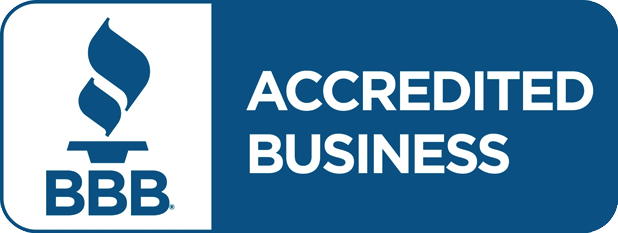With the recent celebrity suicides of food guru Anthony Bourdain and handbag fashionista Kate Spade, mental health and suicide prevention are again back on our collective radar. Suicide is a serious public health issue in need of healthcare professionals who are willing to be fierce advocates for suicide prevention and education.
Scary Stats
The National Institute for Mental Health states that suicide is the second most common cause of death for Americans between the ages of 10 and 34, and the fourth leading cause of death for Americans between the ages of 35 and 54. And if that isn’t enough, it’s also the tenth leading cause of death across the country. NIMH also reports that, in 2016, there were twice as many deaths by suicide than by homicide.
In females, the suicide rate is highest for women between the ages of 45 and 54, whereas for men the highest rate is in the over 65 age group. Firearms account for approximately half of all suicides in the United States.
The Impact of Suicide
Whereas the taking of one’s life may be viewed by some as a deeply personal choice, suicide has an impact on more than just the life of the deceased individual. Immediate family are, of course, directly affected by a suicide attempt or suicide completion by a loved one. Beyond immediate family, we must also consider the impact of suicide on extended family, work colleagues, schoolmates, friends, and even acquaintances.
The ripple effect of a tragic and unexpected death can be quite large, and the ending of one life can reverberate through entire communities, with many unforeseen potential consequences.
Suicide contagion, suicide clusters, and the copycat phenomenon are all realities that society, law enforcement, faith leaders, public health officials, healthcare providers, and citizens must all recognize and contend with. When a high school student completes a suicide, the risk of fellow students following suit is relatively high -- thus, understanding these phenomena is critical.
Why Suicide Education?
From young teenagers to the elderly, suicide is a relatively common cause of death. Therefore, there is pressing need for an increased number of savvy healthcare workers who are trained to assess for signs of suicidality, compromised mental health, depression, and other hallmark symptoms that may lead to self-harm, risky behavior, or suicide.
Clinicians are known to use euphemisms when interviewing patients about suicide. Doctors or nurses will often ask clients if they are thinking of “harming” themselves – this type of language dances around the issue and clearly demonstrates the clinician’s discomfort with addressing the idea of suicide or suicidal ideation head on.
Since suicide is widely seen as a public health issue, it is imperative that an increasing number of healthcare providers receive education regarding suicide prevention and the terminology surrounding the study and prevention of suicide.
Up-to-date education about suicide is also important due to the fact that the vocabulary surrounding suicide has changed considerably. For example, the widespread use of the phrase “commit suicide” is being challenged due to its relationship to phrases like “commit sin” or “commit crime”. Rather, “attempt suicide” or “die by suicide” are now encouraged as the new nomenclature. Another term no longer used is “successful suicide”, which is now referred to as a “completed suicide” so that suicide is never seen in the light of success or failure.
Celebrities and Copycats
Anthony Bourdain, Kate Spade, Kurt Cobain, Robin Williams, Phillip Seymour Hoffman – many celebrities have taken their lives over the years. How do these events impact our society and the people paying attention to such news?
CNN and other outlets report that calls to suicide hotlines increase after celebrity suicides – does this mean that there are more people thinking of taking their own lives in the wake of a celebrity suicide, or does the suicide of the celebrity lead those considering the possibility to seek help and not travel down that dark, unforgiving path?
No matter, we need to educate ourselves, offer appropriate services, identify those at risk, and also counsel the bereaved who are left behind
Global Clinician Education
Clinicians desperately need accurate and timely education regarding suicide prevention, depression, mental health screening, and how to talk about such sensitive and important subjects with patients and their families. How many missed opportunities occur in a single doctor’s office because that physician is undereducated about such subjects?
The need persists for global mental health education for clinicians who were not schooled as mental health professionals. Prevention, screening, symptom management, and appropriate referral practices are only some of the issues facing 21st-century healthcare professionals caring for patients in a complicated world. The prevention of just one death is a triumph, and the alleviation of suffering is truly a call to action.
Take a Suicide and Suicide Prevention CEU
We created a Suicide and Suicide Prevention CEU with the purpose of educating health care professionals on the dynamic nature of suicide and interventions to prevent suicide. Suicide is a complex, multifactorial phenomenon that involves various risk factors and warning signs so use this CE course to earn 6 CE hours toward your license renewal but to also make you more aware of how you can help save a life.



